It’s almost summer, by university standards at least, and for me summer means reading. I’ve been collecting radiation and nuclear-themed books for a few years, but I’ve read almost none of them during my busy semesters and internships.
This summer, I’m making a reading list of all these collected books, a nuclear reading list. These books range from ones where I know the author and have a good idea of the content to books that I randomly picked up at a secondhand bookstore.
In no particular order:
| Title | Author(s) | |
| 1. | The Age of Radiance | Craig Nelson |
| 2. | Midnight in Chernobyl | Adam Higginbotham |
| 3. | The Big Book of Vaseline Glass | Barrie Skelcher |
| 4. | Understanding Radioactive Waste | Raymond Murray |
| 5. | A Brighter Tomorrow | Senator Pete Domenici |
| 6. | Radiation | Robert Peter Gale and Eric Lax |
| 7. | The Rise of Nuclear Fear | Spencer R Weart |
| 8. | Uranium | Tom Zoellner |
| 9. | Campaigning for Clean Air | Meredith Angwin |
| 10. | Boltzmann’s Atom | David Linley |
| 11. | The Atomic Scientists | Henry A Boorse, Lloyd Motz, Jefferson Hane Weaver |
Let me make a point of saying that I’m not endorsing any of these books– I haven’t read them yet! I’ll introduce each of them in more depth below, along with their quick summary and any expectations I have. My hope is to find some good gems here or at least enjoy how each of them tackle the difficult task of boiling complex nuclear science into everyday language.
When I’m done reading them all, I plan to post an update with my casual reviews and recommendations, and I will also revive my long-dead Goodreads account if anyone would like to follow me along the way.

You know it’s been a while since you’ve logged into a website when your three most recent notifications are annual ones to join a reading challenge…

The Age of Radiance by Craig Nelson
“A riveting narrative of the Atomic Age—from x-rays and Marie Curie to the Nevada Test Site and the 2011 meltdown in Japan—written by the prizewinning and bestselling author of Rocket Men.”
Length: 379 pages
My thoughts
As one Amazon reviewer put it, the Age of Radiance tries to provide a “comprehensive history of radiation and nuclear technologies, starting with Roentgen’s discovery of X-rays and ending with the recent meltdown of the reactor at Fukushima.” That’s a lot of ground to cover, even in 400 pages! I had never heard of this book before I stumbled upon it, so I don’t have big expectations either way.
How I got it
From the secondhand section of a bookstore in Madison. I stumbled upon it at bought it on the spot along with Radiation, Boltzmann’s Atom, Understanding Nuclear Waste, and The Atomic Scientists.
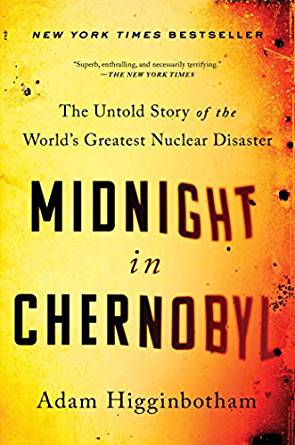
Midnight in Chernobyl: The Untold Story of the World’s Greatest Nuclear Disaster by Adam Higginbotham
“The definitive, dramatic untold story of the Chernobyl nuclear power plant disaster, based on original reporting and new archival research.”
My thoughts
I’m very excited to read Midnight in Chernobyl, especially as the Chernobyl miniseries is currently being released by HBO/Sky. Chernobyl is such an interesting topic, both from the story of how the accident occurred (including the technical details) to the cover-up and the lives of Pripyat citizens permanently affected by having to evacuate. I’m looking foward to this deep-dive into the world’s worst nuclear accident, and I’m also just enthusiastic about learning more about what it was like to be a nuclear engineer in the USSR.
Length: 372 pages (plus a whopping 102 pages of notes)
How I got it
The author, Adam Higginbotham, reached out to me for help explaining some the technical details of nuclear fission. I had one call with him, and when the book was published he sent me a copy. I started it when I received it but when the semester ramped up I put it down, so I’ll be starting from the beginning.
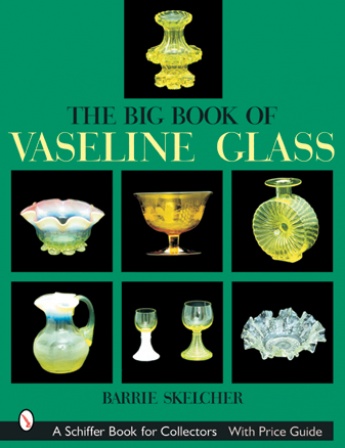
The Big Book of Vaseline Glass by Barrie Skelcher
“Barrie Skelcher explains the nature of uranium-colored glass, or Vaseline glass, and attributes makers to many of the examples he presents. Over 400 items shown in the color photographs are from British, American, and European glasshouses, of the 19th and first half of the 20th centuries. The manufacturers are identified along with their uranium bearing products, and a section on special interest pieces is a bonus. What strikes the observer right away are the intense colors of the glass in predominantly green, yellow, and pink hues. They comprise all sorts of useful and collectible tablewares, from condiment containers and candlesticks to bowls and flower vases. This fascinating study illuminates the subject and will be cherished by all future investigators and collectors of vaseline glass.”
Length: 203
My thoughts
As some of you might know, I collect and sell (affordable) antique uranium glass on my Etsy store. I wanted to dig deeper into the history and types of uranium glass, so I went searching the internet for books on the subject.
This is a book written for artists and collectors, so I think reading this book will be as much of a visual experience as it is about the history of uranium used in glassware.
How I got it
The Big Book of Vaseline Glass was available to check out through the University of Wisconsin-Madison Libraries, so I picked it up this week.
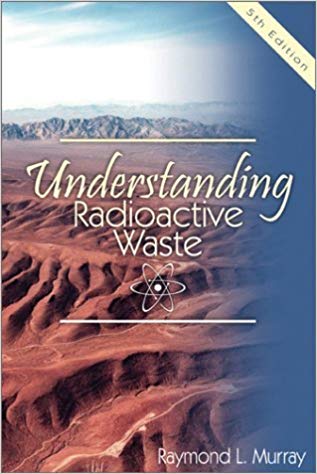
Understanding Radioactive Waste by Raymond Murray
“Understanding Radioactive Waste is a needed source of objective information for the concerned public and an informative textbook. Reporting reliably on recent data, new technical developments, and the changing political scene, this book gives citizens the knowledge to form responsible opinions and help make decisions.”
My thoughts
Dr. Raymond Murray was a professor Emeritus in the Department of Nuclear Engineering at North Carolina State University at the time Understanding Radioactive Waste was published. He has since passed away. As a contributor to the Manhattan Project, Murray was part of the original pioneers of nuclear engineering in the U.S. I am looking forward to learning how to speak plainly about waste issues from Understanding Radioactive Waste.
Length: 197 pages
How I got it
I picked up Understanding Radioactive Waste at a secondhand bookstore in Madison with several other books on this list. I didn’t know anything about the book or Dr. Murray at the time.
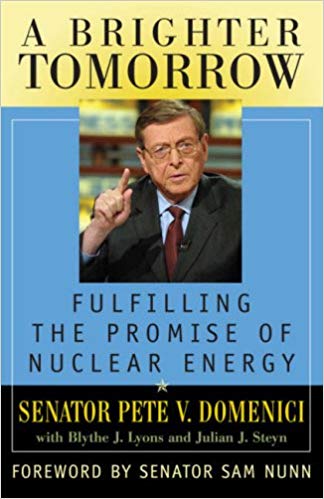
A Brighter Tomorrow: Fulfilling the Promise of Nuclear Energy by Senator Pete Domenici
“The book takes a proactive and, at times, provocative look at nuclear power and argues that it is the source of energy for the future of the United States. Senator Pete V. Domenici (R-New Mexico) will argue that after weighing the costs and benefits of all other legitimate forms of energy production (coal, oil, wind, hydro) nuclear power will not only reduce American dependence on the Middle East oil but it is the most “green” source. Domenici is the primary author and sponsor of the energy bill weaving its way through the Senate–the nuclear energy portion of the bill will, among other things, assist in the financing of the construction of three new nuclear power plants (the first in 30 years). Sprinkled throughout this otherwise serious book will be 30 years worth of anecdotes and insights into the personalities behind the political process and policymaking.”
Length: 225 pages
My thoughts
Senator Domenici spent 26 years in the U.S. Senate and was one of the most avid pro-nuclear power politicians in the country. During his time as chairperson of the Senate Committee on Energy and Natural Resources, he helped pass the Energy Policy Act of 2005, which included a favorable treatment of advanced nuclear technologies. I’ve heard praise from the nuclear community about A Brighter Tomorrow, so I’m definitely looking forward to reading it.

How I got it
During my junior year of college, I received a scholarship from the Decommissioning and Environmental Sciences Division of the American Nuclear Society (ANS), which also paid for my attendance at the American Nuclear Society national meetings. I had been very involved in ANS at the University of Illinois and attended the annual ANS Student Conference, but this meeting (Winter 2015) was my first national conference. Out of the blue, I decided to attend the Young Professionals Congress, a collaboration between ANS and the North American Young Generation for Nuclear, simply because “well, I’m a young professional.” This is an extremely long run-up to say that I won a signed copy of A Brighter Tomorrow from a raffle at the 2015 Young Professionals Congress meeting.
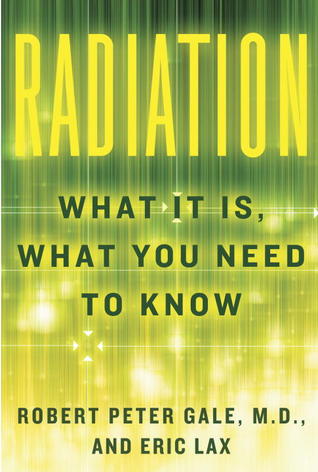
Radiation: What it is, what you need to know by Robert Peter Gale and Eric Lax
“The essential guide to radiation: the good, the bad, and the utterly fascinating, explained with unprecedented clarity.
Earth, born in a nuclear explosion, is a radioactive planet; without radiation, life would not exist. And while radiation can be dangerous, it is also deeply misunderstood and often mistakenly feared. Now Robert Peter Gale, M.D,—the doctor to whom concerned governments turned in the wake of the Chernobyl and Fukushima disasters—in collaboration with medical writer Eric Lax draws on an exceptional depth of knowledge to correct myths and establish facts.
Exploring what have become trigger words for anxiety—nuclear energy and nuclear weapons, uranium, plutonium, iodine-131, mammogram, X-ray, CT scan, threats to the food chain—the authors demystify the science and dangers of radiation, and examine its myriad benefits, from safely sterilizing our food to the relatively low-risk fuel alternative of nuclear energy. This is the book for all readers who have asked themselves questions such as: What kinds of radiation, and what degree of exposure, cause cancer? What aftereffects have nuclear accidents and bombs had? Does radiation increase the likelihood of birth defects? And how does radiation work?”
Length: 223 pages
My thoughts
Radiation is another book that I have no experience with and no preconceived ideas of how good the writing or technical content is. The book cover does feel a little bit “Homer holds glowing green nuclear fuel rod” to me, but I’m hoping it’s not an overly sensationalist book. I guess I’ll just have to wait and see.
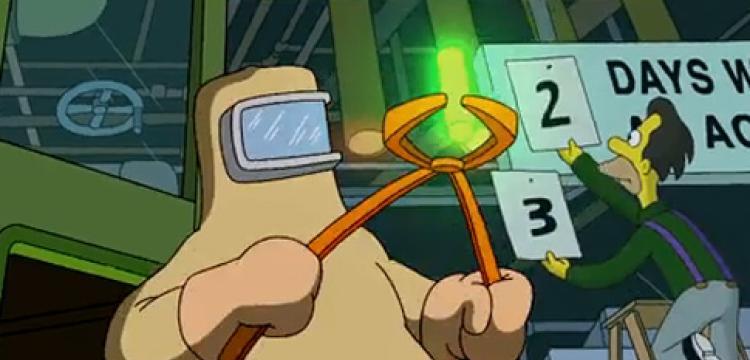
How I got it
I picked up Radiation at a secondhand bookstore in Madison with several other books on this list.
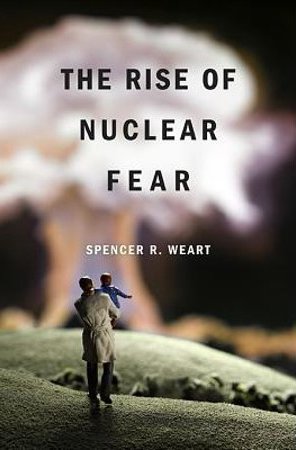
The Rise of Nuclear Fear by Spencer R Weart
“After a tsunami destroyed the cooling system at Japan’s Fukushima Nuclear Power Plant, triggering a meltdown, protesters around the world challenged the use of nuclear power. Germany announced it would close its plants by 2022. Although the ills of fossil fuels are better understood than ever, the threat of climate change has never aroused the same visceral dread or swift action. Spencer Weart dissects this paradox, demonstrating that a powerful web of images surrounding nuclear energy holds us captive, allowing fear, rather than facts, to drive our thinking and public policy.”
Length: 300 pages
How I got it & my thoughts
I was given the book by Margi Kindig at a meeting of Rethinking Nuclear, a small pro-nuclear group in Madison, WI. Since the Rise of Nuclear Fear was specifically recommended to me, I have a positive opinion of it already.
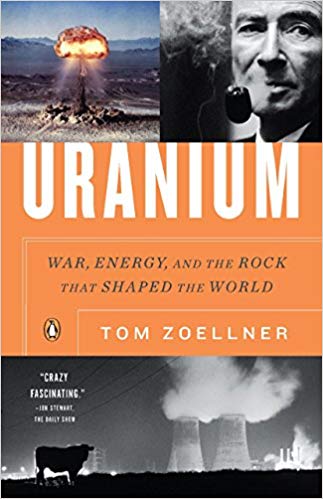
Uranium: War, Energy and the Rock that Shaped the World by Tom Zoellner
“The astonishing biography of a mineral that can sustain our world- or destroy it
Uranium occurs naturally in the earth’s crust-yet holds the power to end all life on the planet. This is its fundamental paradox, and its story is a fascinating window into the valor, greed, genius, and folly of humanity. A problem for miners in the Middle Ages, an inspiration to novelists and a boon to medicine, a devastating weapon at the end of World War II, and eventually a polluter, killer, excuse for war with Iraq, potential deliverer of Armageddon and a possible last defense against global warming-Uranium is the riveting story of the most powerful element on earth, and one which will shape our future, for better or worse.”
Length: 308 pages
How I got it
My dad and I stopped by a secondhand bookstore so he could look for a Scottish travel guide for an upcoming trip of his. While he was looking, I went straight to the science section, naturally, and stumbled upon Uranium. My dad got me the book (thanks dad!)

Campaigning for Clean Air: Strategies for Pro-Nuclear Advocacy by Meredith Angwin
“Pro-nuclear people can make important contributions to the energy debate. This book will help you make your voice heard. Advocates appreciate the importance of nuclear power for clean air and for our planet’s future. In this book, award-winning author Meredith Angwin guides you in your advocacy:
- Support nuclear energy while simply sitting at your computer
- Support nuclear energy in public, using the same techniques as professional speakers and communicators
- Speak at a public hearing or be invited to speak to a legislative committee
- Learn how to deal with your own emotions in a world saturated with anti-nuclear messages
- Find other nuclear supporters and have fun together. Campaigning for Clean Air features anecdotes, examples and insights from many pro-nuclear advocates. This book will inspire your work for a clean energy future.”
Length: 290 pages
My thoughts
Campaigning For Clean Air is pretty much the essential book for nuclear advocates. It’s been at the top of my reading list for a while, and I’m pretty much embarrassed that I haven’t actually read it yet. I know it’s a great book and I’m extremely excited to read it. This is the one book on this list I’ll recommend already– if you’re looking to be a pro-nuclear advocate, Campaigning for Clean Air is required reading.
How I got it
I purchased the book directly from Meredith in 2018 as part of a President’s Day bargain and a way to prove her husband wrong. I already knew Meredith and had met her before at nuclear advocacy events. She wrote me a lovely little note in the front cover.
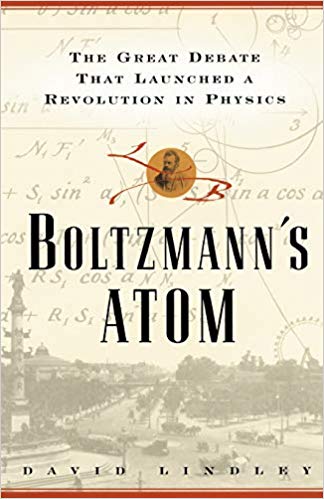
Boltzmann’s Atom: The Great Debate That Launched a Revolution in Physics by David Linley
“In 1900 many eminent scientists did not believe atoms existed, yet within just a few years the atomic century launched into history with an astonishing string of breakthroughs in physics that began with Albert Einstein and continues to this day. Before this explosive growth into the modern age took place, an all-but-forgotten genius strove for forty years to win acceptance for the atomic theory of matter and an altogether new way of doing physics. Ludwig Boltz-mann battled with philosophers, the scientific establishment, and his own potent demons. His victory led the way to the greatest scientific achievements of the twentieth century.”
Length: 231 pages
My thoughts
I read the first 20 pages on a flight to some conference (don’t ask which one, all flights blur together) but promptly forgot about the book after returning from my trip. Unlike the other books on this list, Boltzmann’s Atom is really a physics book and not a nuclear science book. It’s set well before the days of nuclear fission, back before we understood there was an atom, let alone fission. I’m including Boltzmann’s Atom because the story of nuclear science is nothing without the story of the atom.
Boltzmann’s Atom is just the kind of book I would’ve read as a teenager looking to learn more about physics. In fact, I read so many physics books in high school that it’s probably fair to say I’ve ready more books about quantum or astrophysics than I have about nuclear engineering (not that this means anything about my nuclear qualifications. I have a nuclear engineering degree, not physics, and most of the “nuclear books” I’ve read have been textbooks and not short popular science books).
How I got it
I picked up Boltzmann’s Atom at a secondhand bookstore in Madison with several other books on this list.

The Atomic Scientists: A Biographical History by Henry A Boorse, Lloyd Motz, and Jefferson Hane Weaver
“The history of atomic science, as told through the lives of its most brilliant and creative minds. This dramatic presentation brings to life the thoughts, battles, and breakthroughs of the figures that made science history, from Lucretius to Feynman. Contains over 100 biographies in all, covering the most notable thinkers, and also many important, but little-remembered contributors to the rise of atomic theory. Chronological format and broad historical sweep give this fascinating account special value as a reference source.”
Length: 467 pages
My thoughts
I will leave The Atomic Scientists for last mostly because of its length and depth. With the book chronicling the lives and histories of more than 100 scientists, it will be a lot of information to read and process. Since it’s not written as a single narrative or set of narratives, it might be better off reading The Atomic Scientists piecemeal instead of as one long push.
How I got it
I picked up The Atomic Scientists at a secondhand bookstore in Madison with several other books on this list.
Have you read any of these books before or have recommendations for new books for me? Let me know in the comments! I probably won’t add any more to this summer reading list, but I’m always on the lookout for new books to read in the future.

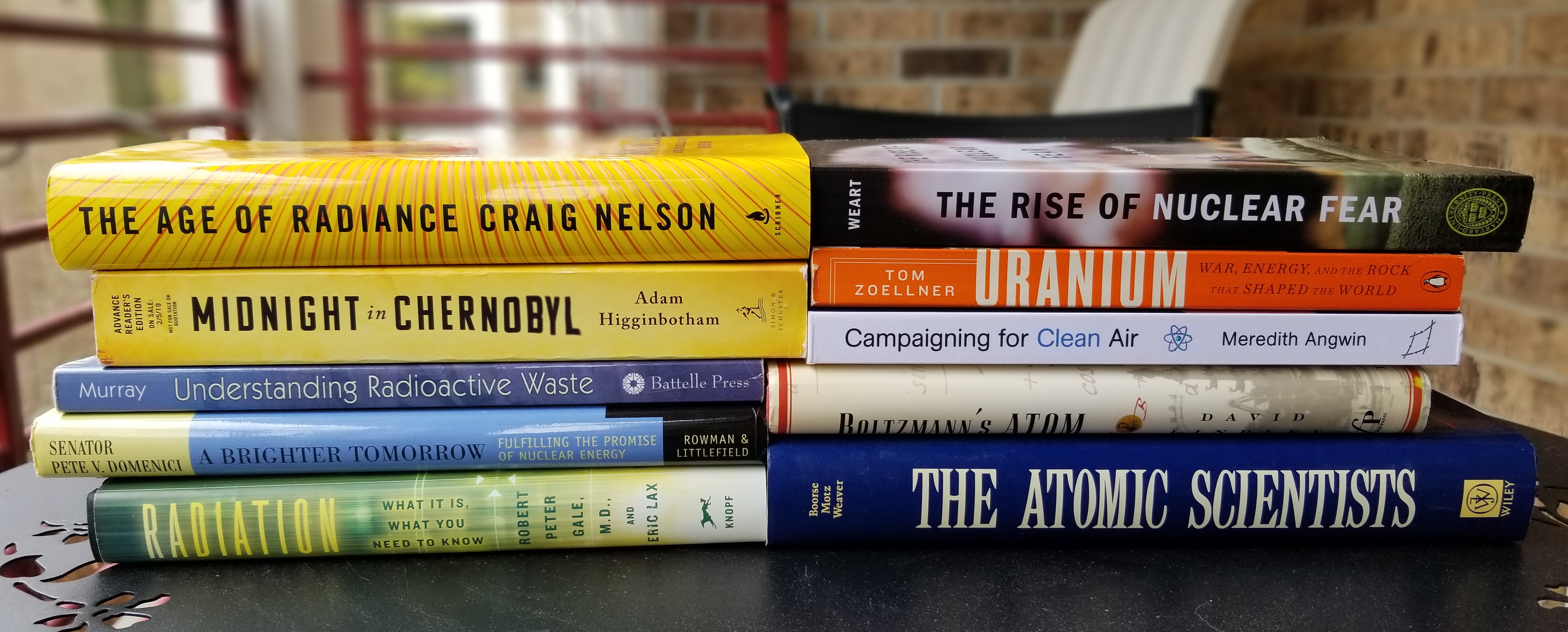

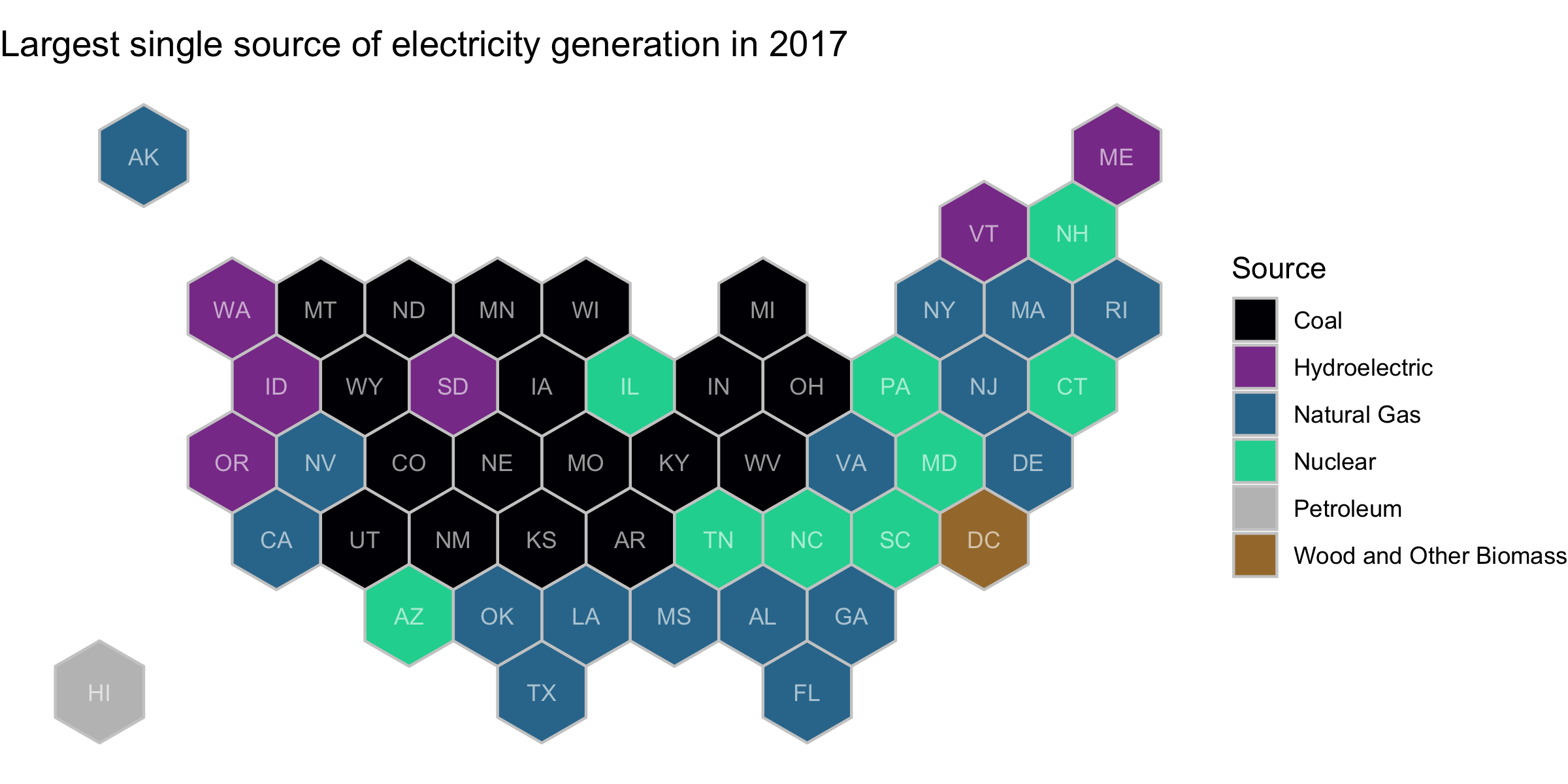

Comments